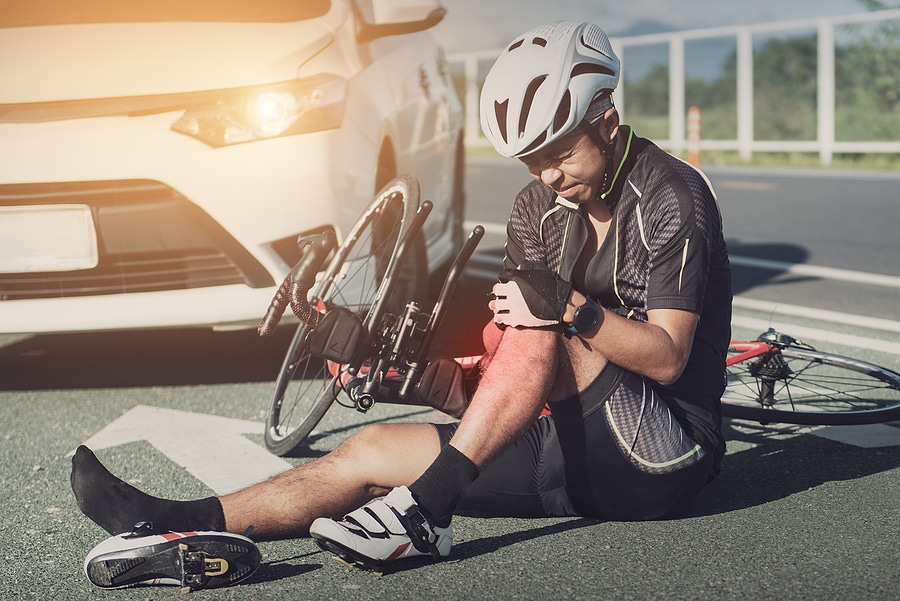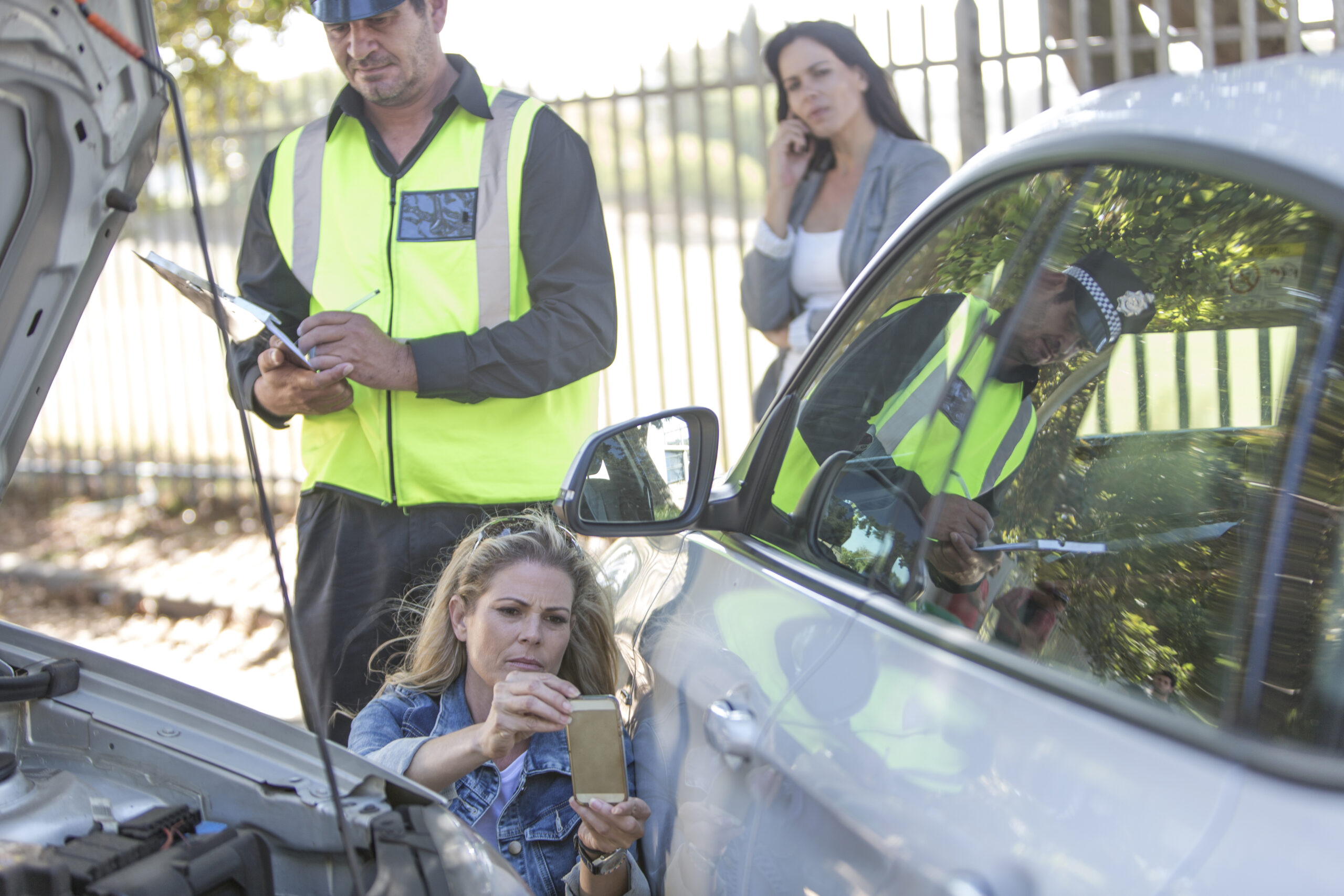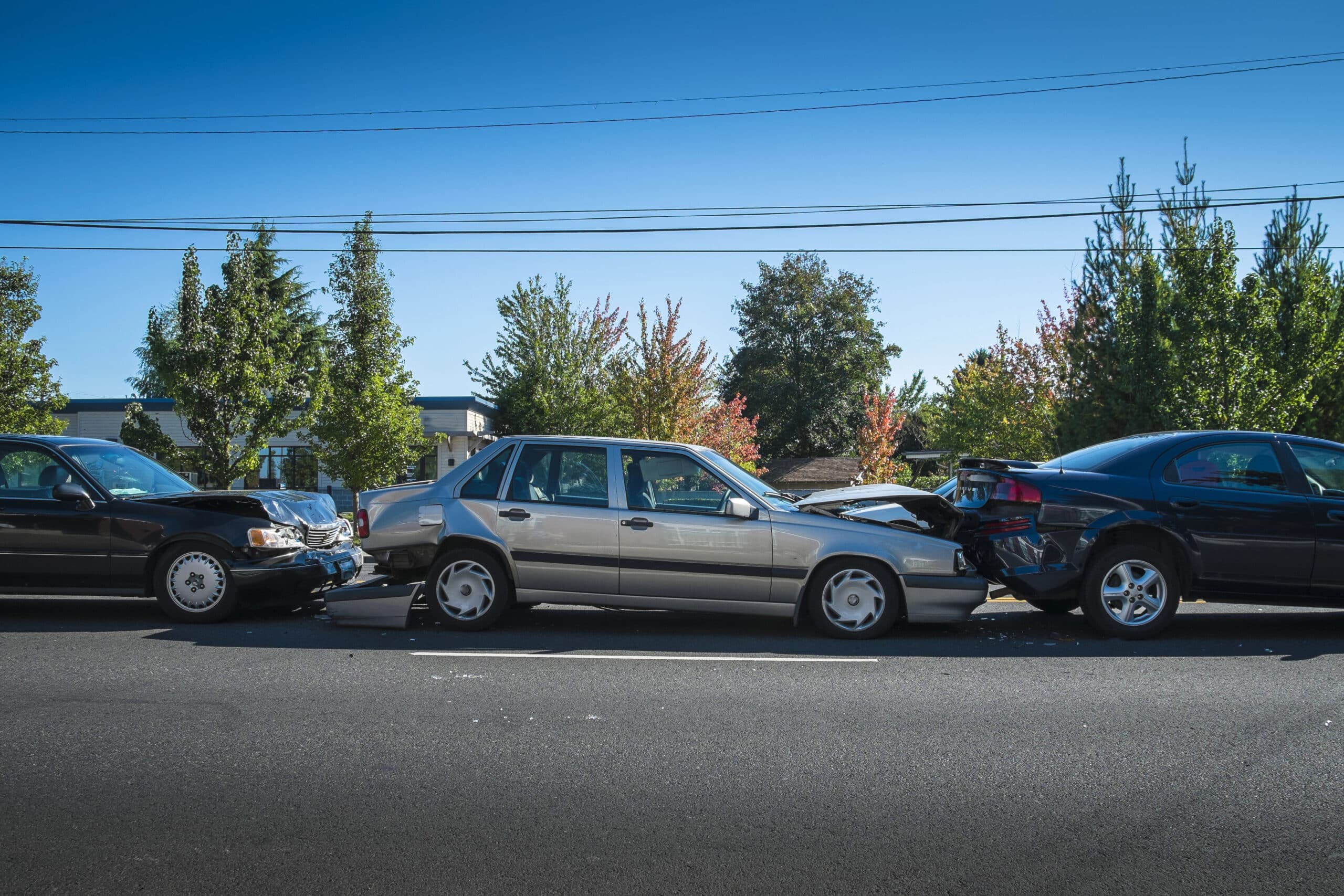What are the Bicycle Laws in Maryland?
Maryland law states that bicycles have the same rights to the road as motor vehicles. Other bicycle laws in Maryland include the following:
- A bicycle is not permitted to carry a passenger unless it is designed for such and equipped with a seat for each passenger present
- Bicycles are not permitted on any road where the speed limit exceeds 50 miles per hour
- Cyclists shall ride as close to the right side of the road as possible and safely, except when:
- Making or attempting a left turn
- Traveling on a one-way street
- Passing a stopped or slower-moving vehicle
- Avoiding pedestrians or other hazards
- The right lane is turn-only
- Operating in a lane that is too narrow for a bicycle to travel safely side by side within the lane
- When a bike lane is present, the cyclist must use it and not ride a bicycle in the roadway except:
- If passing safely cannot be done within the bike lane or the road’s shoulder
- When preparing to make a left turn
- To avoid road hazards
- When the bike lane is also a right turn or merge lane
- Cyclists may not cling to any vehicle on the roadway
- A cyclist may not carry anything that prevents them from keeping both hands on the handlebars, or that compromises the view or balance of their bicycle.
- A bicycle cannot be secured to a fire hydrant, a pole, meter, or device in a bus or taxi loading zone, a pole, meter, or device within 25 feet of an intersection, or where it would cause a traffic obstruction.
- Cyclists may not wear a headset or earplugs that cover both ears.
How are Bicycles Viewed in Maryland?
When determining fault in a bicycle versus car incident, a general principle exists that bikes are treated as an equivalent to motor vehicles in many traffic situations. Maryland stipulates that individuals operating bicycles within public bicycle areas retain the same rights and responsibilities as motor vehicle drivers. However, the exception to this is when a bicycle is within a crosswalk or is legally on a sidewalk, it assumes the status of a pedestrian instead. It is important to note that some counties or localities in Maryland allow cyclists to ride on sidewalks despite the general rule in Maryland that prohibits this activity.
What is the Ride Side Rule?
A commonly misinterpreted law dealing with bicyclist responsibility is to remain close to the curb, and the exceptions to that rule. The right-side rule states that when riding a bicycle at a speed slower than the flow of traffic, cyclists must stay as close to the right side of the road as is safe. Exceptions to this rule are as follows:
- When making or attempting a left turn
- When traveling on a one-way street
- When passing a stopped or slower-moving vehicle
- When avoiding pedestrians or other road hazards
- When the right lane is designated as a turn-only lane
- When riding in a lane too narrow for a bicycle and another vehicle to safely travel side by side within the lane
- Two cyclists may ride side by side on a roadway as long as traffic is not impeded
- When passing a vehicle, individuals operating a bicycle on a roadway must exercise caution and care
- If no sidewalk is present, cyclists on a highway may walk their bicycles on the right side of the road.
What is the Three Foot “Safe Passing” Law?
Maryland’s traffic regulations also specifically address how motor vehicles should pass cyclists while on the road. The law mandates that automobiles must provide a minimum of three feet of clearance when overtaking a bicycle. Exceptions to this rule include:
- When the cyclist is not as close to the right side of the road as safely possible or when the cyclist is not properly using a paved bike lane.
- When there is less than a three-foot passing clearance distance due to the cyclist’s failure to maintain a consistent path.
- When the width of the road does not permit three feet of space while passing.
When is a Driver at Fault for an Accident?
Every traffic accident is different. Surrounding circumstances and specific details are heavily weighed. However, some common scenarios that place the blame on the vehicle driver are as follows:
- Left-cross crash: This type of crash occurs when a driver performs a left-hand turn at an intersection, often when the vehicle and bicycle approach from opposite directions. If the driver fails to notice the cyclist or miscalculates the time available to complete the turn, the driver may be at fault.
- Right hook crash: A right hook crash happens when a cyclist is alongside a motor vehicle in his or her “blind spot,” and the driver initiates a right-hand turn. The fault for these types of accidents typically falls on the driver.
When is the Cyclist at Fault for an Accident?
Common scenarios in which a cyclist is at fault are as follows:
- Running stop signs: As stated, cyclists must maintain the same rules of the road as any other vehicle operator. This includes stopping at all stop signs. This also includes rolling stops. Rolling stops occur when a cyclist slows but does not come to a complete stop.
- Riding against the flow of traffic: choosing to ride a bicycle against the established flow of traffic is prohibited and can place the blame for an accident on the cyclist.
Do I Need an Attorney?
When dealing with traffic law, things can quickly become confusing. Let Tehrani Law, LLC help you. Give us a call today at 301-778-2294 or fill out a contact form for a free consultation.

 301-973-6510
301-973-6510 Email Us Now
Email Us Now




